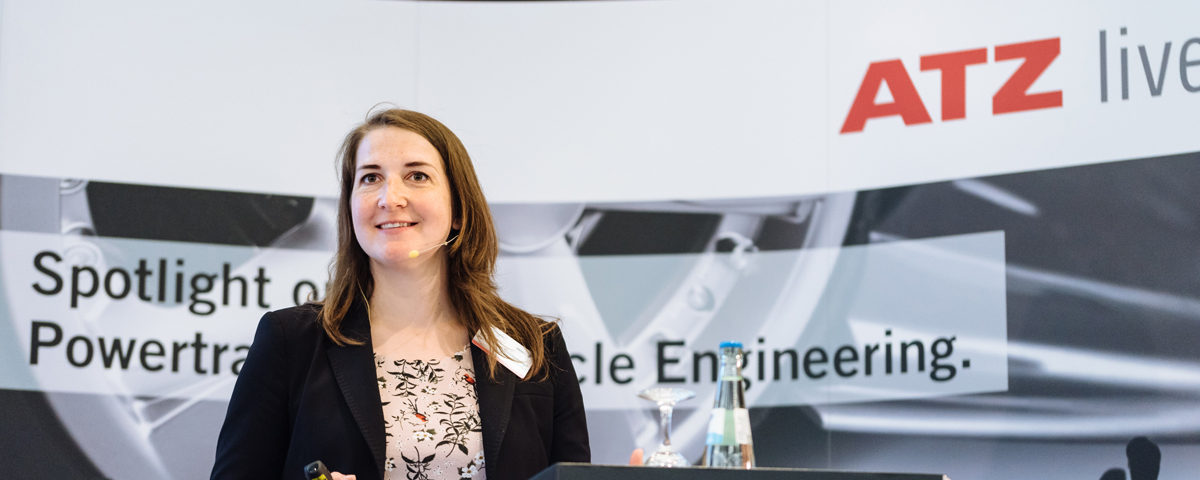
elect! ATZ-Convention Electrified Mobility
8. October 2018
Staff changes and new structures at RLI
9. October 2018Estimating costs of extending electricity distribution networks in Germany (Linsenmeier 2018)

Manuel Linsenmeier
Master's thesis by Manuel Linsenmeier, written in context of his work as a student assistant within the open_eGo project.
Abstract
The German power system is undergoing a fundamental transformation substituting electricity generated from fossil fuels with electricity generated from renewable resources. This transformation - the Energiewende - incurs substantial costs for extending and reinforcing electricity distribution networks in Germany. These costs have been estimated to be up to 40 billion EUR by the year 2030 (dena, 2012) but are relatively uncertain because no complete dataset of distribution networks exists. Previous studies thus relied on small samples of real networks and employed cluster methods to estimate the total costs of network expansion for Germany. However, this methodology has so far not been examined. In this thesis, a dataset of synthetic networks is used to examine different cluster models and cluster estimation methods. These models and methods include the methodology used by previous studies. In addition, alternative models and methods are proposed and examined. To this aim, first a theoretical framework is developed to identify and categorise 14 network attributes that are expected to determine the costs of network expansion. Each of these attributes is then examined regarding its effect on the performance of a cluster model if it is included in that model. Furthermore, the cluster models that result in the lowest within-cluster dispersion of costs are analysed. Based on these results, 57 cluster models are selected and assessed both in terms of the within-cluster dispersion of costs and the relative deviation of estimated total costs from calculated total costs. Finally, two cluster models are analysed in more detail including the geographic occurrence of clusters. Throughout the analysis, K-Mean and regression trees are used as two alternative cluster estimation methods. Furthermore, the number of clusters K is varied from 5 to 300. For the costs of network expansion, a worst-case scenario and a scenario with curtailment are constructed. Overall, the cluster model used in previous studies performs better than most of the proposed alternative models. The results show, however, that for all values of K at least one of the alternative cluster models performs better. Furthermore, regression trees as cluster estimation method generally result in clusters with lower within-cluster dispersion of costs and lower relative deviation of total costs than K-Mean estimation, which was used in previous studies.
The German power system is undergoing a fundamental transformation substituting electricity generated from fossil fuels with electricity generated from renewable resources. This transformation - the Energiewende - incurs substantial costs for extending and reinforcing electricity distribution networks in Germany. These costs have been estimated to be up to 40 billion EUR by the year 2030 (dena, 2012) but are relatively uncertain because no complete dataset of distribution networks exists. Previous studies thus relied on small samples of real networks and employed cluster methods to estimate the total costs of network expansion for Germany. However, this methodology has so far not been examined. In this thesis, a dataset of synthetic networks is used to examine different cluster models and cluster estimation methods. These models and methods include the methodology used by previous studies. In addition, alternative models and methods are proposed and examined. To this aim, first a theoretical framework is developed to identify and categorise 14 network attributes that are expected to determine the costs of network expansion. Each of these attributes is then examined regarding its effect on the performance of a cluster model if it is included in that model. Furthermore, the cluster models that result in the lowest within-cluster dispersion of costs are analysed. Based on these results, 57 cluster models are selected and assessed both in terms of the within-cluster dispersion of costs and the relative deviation of estimated total costs from calculated total costs. Finally, two cluster models are analysed in more detail including the geographic occurrence of clusters. Throughout the analysis, K-Mean and regression trees are used as two alternative cluster estimation methods. Furthermore, the number of clusters K is varied from 5 to 300. For the costs of network expansion, a worst-case scenario and a scenario with curtailment are constructed. Overall, the cluster model used in previous studies performs better than most of the proposed alternative models. The results show, however, that for all values of K at least one of the alternative cluster models performs better. Furthermore, regression trees as cluster estimation method generally result in clusters with lower within-cluster dispersion of costs and lower relative deviation of total costs than K-Mean estimation, which was used in previous studies.




